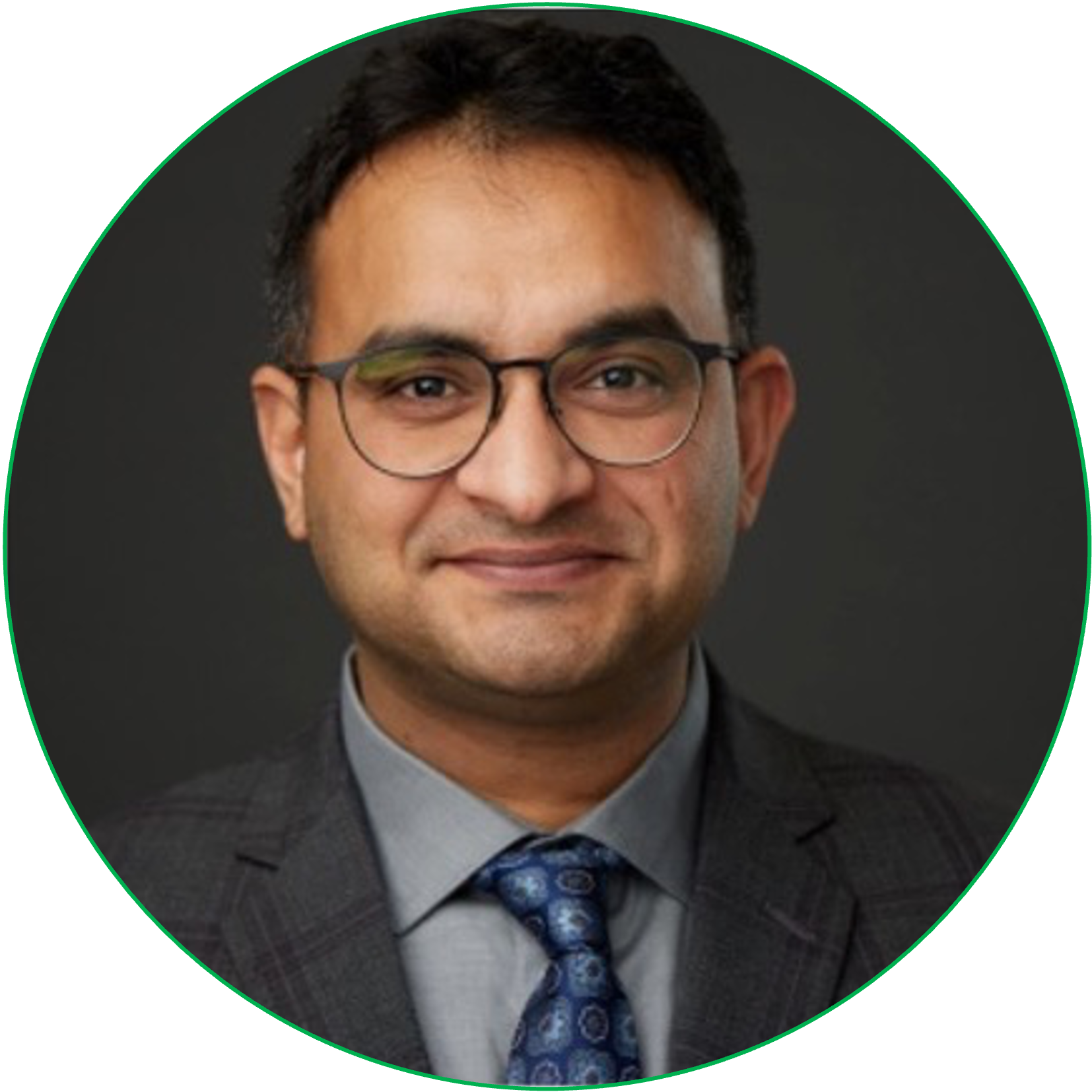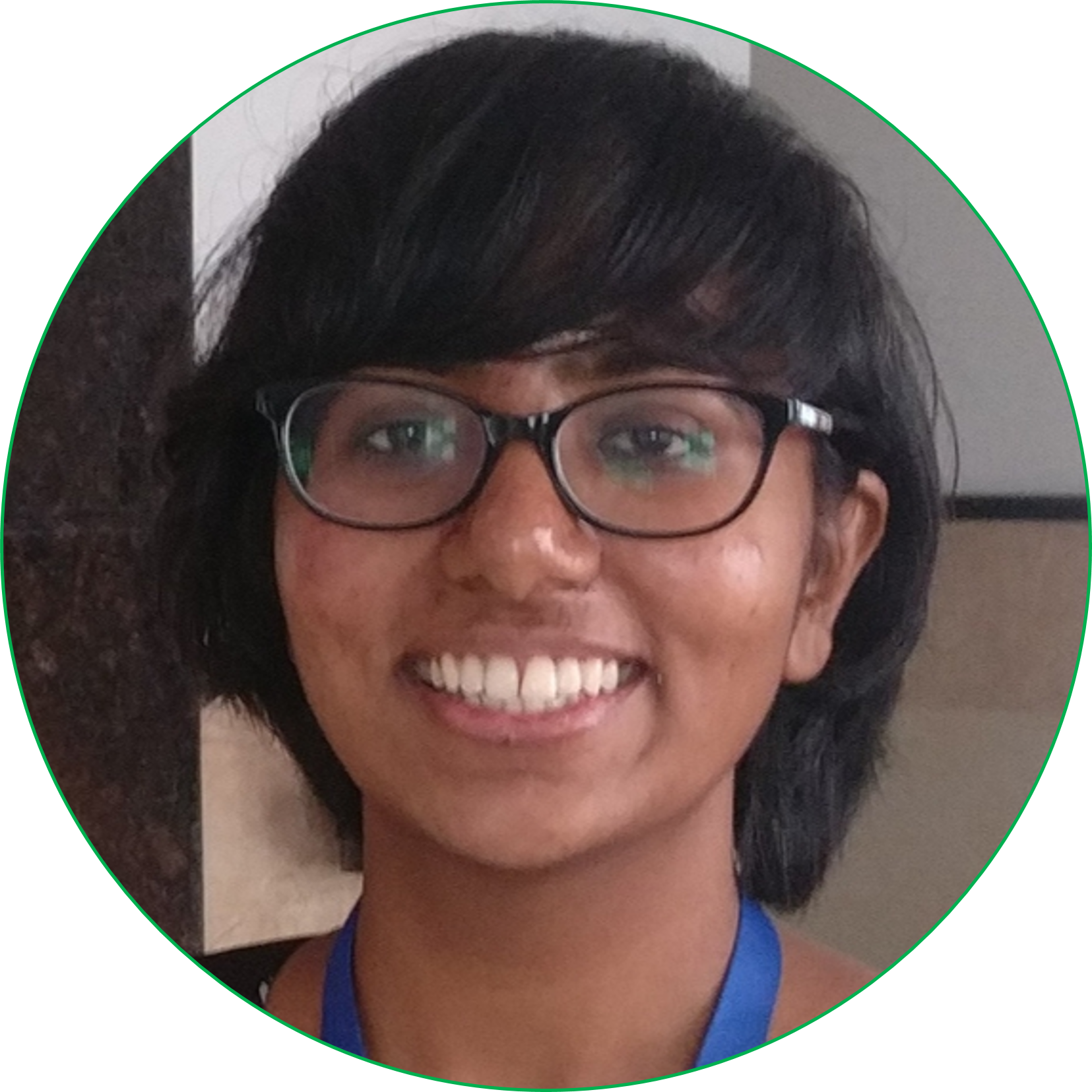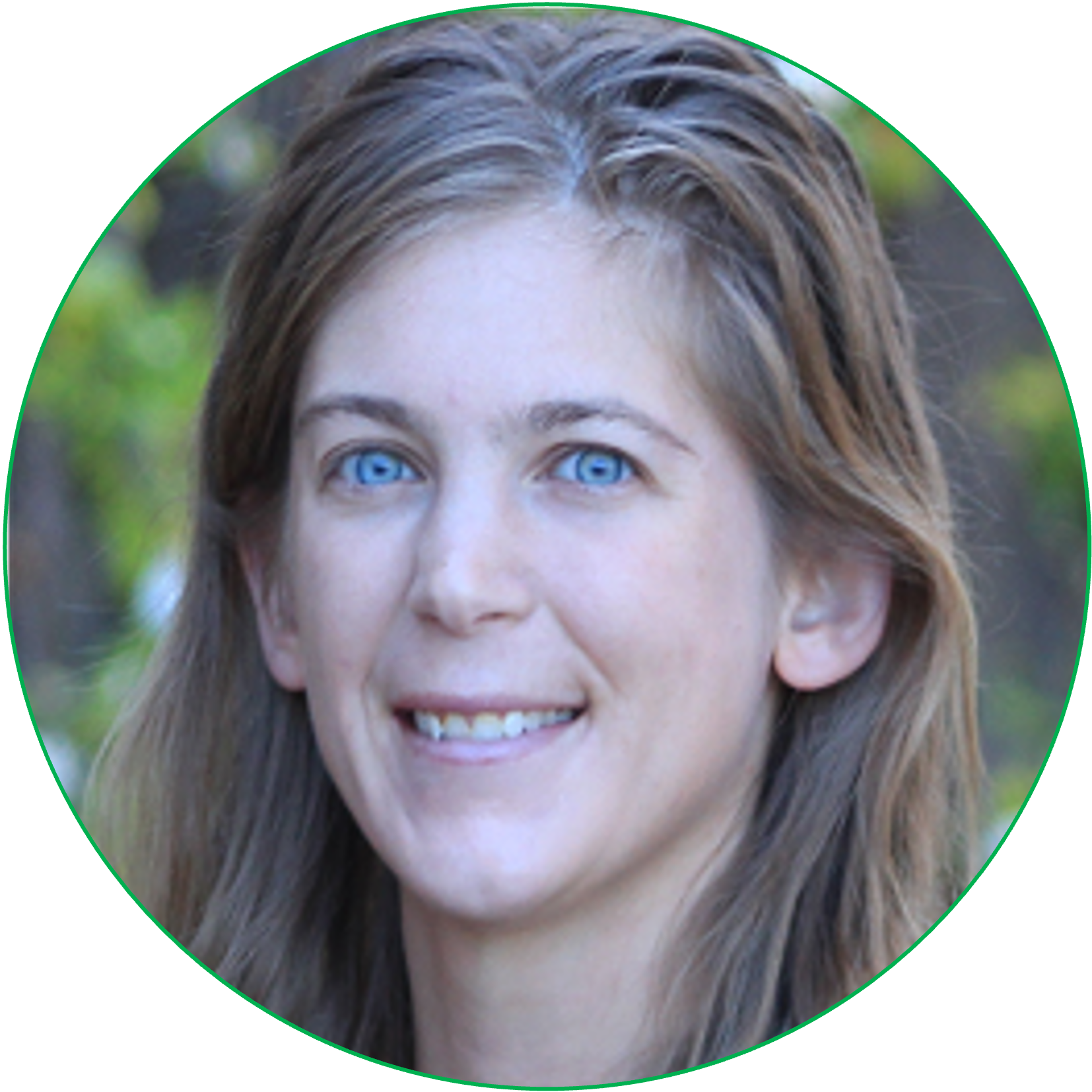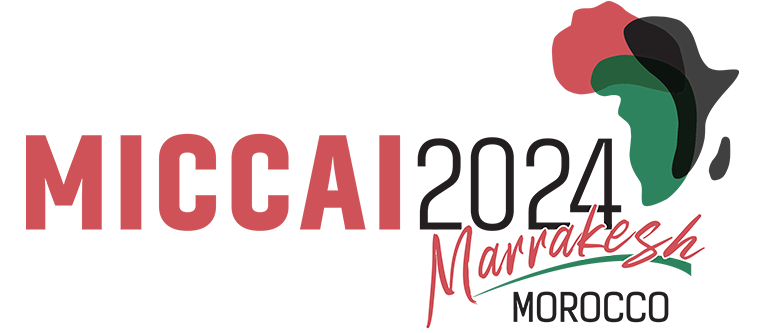Important Dates
| Event | Date |
|---|---|
| Full Paper Deadline | |
| Notification of Acceptance | |
| Camera-ready Deadline | |
| License to publish Deadline | |
| TGI3 workshop date | October 10th, 2024 (MICCAI 2024 Satellite Events Day 2) |
Workshop Program
| Time | Topic |
|---|---|
| Location | Jade room at Palmeraie Palace |
| 13:30 - 13:40 | Welcome Remarks by Chao Chen |
| 13:40 - 14:25 | Keynote 1: Aasa Feragen from Technical University of Denmark |
| Extracting and analyzing curvilinear structures from low quality images | |
| 14:30 - 15:00 | Oral Session – 15 min * 4 presentations |
| Multi-Factor Component Tree Loss Function: A Topology-Preserving Method for Skeleton Segmentation from Bone Scintigrams by Anh Nguyen (Tokyo University of Agriculture and Technology), Jean Cousty (ESIEE), Yukiko Kenmochi (CNRS), Shigeaki Higashiyama, Joji Kawabe, Akinobu Shimizu | |
| ccDice: A Topology-Aware Dice Score Based on Connected Components by Pierre Rougé (Université Reims Champagne-Ardenne, CRESTIC & INSA Lyon, CREATIS), Odyssée Merveille (Creatis), Nicolas Passat (Université Reims Champagne-Ardenne) | |
| 15:00 - 15:45 | Keynote 2: Moo K. Chung from University of Wisconsin-Madison |
| Aligning Asynchronous Human Brain Networks through Persistent Homology | |
| 15:45 - 16:30 | Coffee Break |
| 16:30 – 17:30 (Main poster room) | Poster Session |
Poster Schedule
| ID | Title |
|---|---|
| 1 | Analyzing Brain Tumor Connectomics using Graphs and Persistent Homology |
| 2 | A Bispectral 3D UNet for Rotation Robustness in Medical Segmentation |
| 3 | Restoring Connectivity in Vascular Segmentations using a Learned Post-Processing Model |
| 4 | Exploitation of Mapper Algorithm in Neuroimaging Applications: A Novel Framework for Outcomes Prediction |
| 5 | Topological data analysis of resting-state fMRI suggests altered brain network topology in Functional Dyspepsia: A Mapper-based parcellation approach |
| 6 | P-Count: Persistence-based Counting of White Matter Hyperintensities in Brain MRI |
| 7 | Outlier Detection in Large Radiological Datasets using UMAP |
| 8 | A Topological Comparison of the Fluorescence Imitating Brightfield Imaging and H&E Imaging |
| 9 | Topological Analysis of Seizure-Induced Changes in Brain Hierarchy Through Effective Connectivity |
Submission Guidelines
- Papers: Full papers (maximum to 12 pages, including references and everything) formatted in LNCS style (Template: Overleaf). Please also refer to Instructions for Authors.
- Submission Portal: https://cmt3.research.microsoft.com/TGI32024.
- Review: The review is double-blind. Reviewers will be chosen among experts in the medical image computing community.
- Proceedings: Our workshop will be submission-based and we would like to publish the accepted papers as a part of the MICCAI Satellite Events joint LNCS proceedings.
- Presentations: A few with the most original contributions will be selected for oral or poster presentations.
Camera-ready submission
Please follow the MICCAI’24 camera-ready guidelines to prepare your final version: https://conferences.miccai.org/2024/en/CAMERA-READY-SUBMISSION-GUIDELINES.html. Specifically, we require the following files (submit them to the CMT system via a single zip file):
- Camera-ready paper: should be at most 8.5 pages of main texts + 2 pages of references + 2 pages of supplementary materials.
- Changes after review.
- Supplementary file (a separate file from the main text).
- LaTeX source (if you are using LaTex).
- License-To-Publish: Please fill and sign the ‘License to publish’ form, which should include all authors’ names and title as they appear in the final PDF, the corresponding author’s name, address, email, and handwritten signature. Note that the form should be completed and signed by the corresponding author of each paper, on behalf of all of the authors of that paper. The corresponding author, who must match the corresponding author marked on the paper, must have the full right, power, and authority to sign the agreement on behalf of all of the authors of a particular paper, and accepts responsibility for releasing this material on their behalf.
Contact
Feel free to email Xiaoling Hu (xihu3@mgh.harvard.edu) or Chao Chen (chao.chen.1@stonybrook.edu) if you have any questions regarding the workshop.
Call For Submissions
The significant advances in computational and data science over the past decade have had an immense impact on biomedical science and healthcare. Concurrently, researchers in the biomedical fields now face new challenges caused mainly by the nature of complex, often high-dimensional, noisy and diverse datasets.
Recent years have witnessed an increasing interest in the role topology plays in machine learning and data science. Topology offers a collection of topology-based techniques that have matured to a field known today as Topological Data Analysis (TDA). TDA provides a general and multi-purpose set of robust tools that have shown excellent performance in several real-world applications. These tools are naturally applicable to numerous types of data including images, points cloud, graphs, meshes, time-varying data and more. TDA techniques have been increasingly used with other techniques such as deep learning to enhance the performance, expressiveness, and generalizability of generic learning tasks. Furthermore, the properties of the topological tools allow discovering complex relationships and separating signals that are hidden in the data due to noise. In addition, TDA has an immense ability to extract unique features that are persistent over multiple scales. Finally, topological representations naturally lend themselves to insightful visualization making them useful for tasks that require interpretability and explainability. In particular, TDA tools can offer insights and interpretability on the data that are not readily available in main-stream computational tools such as deep learning techniques. The interpretation and explainability properties of TDA could help enhance the trust of medical professionals in intelligent systems.
All these properties of topological-based methods strongly motivate the adoption of TDA tools to various applications and domains including neuroscience, bioscience, biomedicine, and medical imaging.
This workshop will focus on using TDA techniques to enhance the performance, generalizability, expressiveness, efficiency, and explainability of the current methods applied to medical data. In particular, the workshop will focus on using TDA tools solely or combined with other computational techniques (e.g., feature engineering and deep learning) to analyze medical data including images/videos, sounds, physiological, texts and sequence data. The combination of TDA and other computational approaches is more effective in summarizing, analyzing, quantifying, and visualizing complex medical data.
This workshop will bring together mathematicians, biomedical engineers, computer scientists, statisticians and medical doctors for the purpose of showing the strength of using TDA-based tools for medical data analysis. It will also expose current applications, and provide an interdisciplinary forum for the exchange of ideas on novel applications, current challenges, and future directions.
We welcome submissions that present how TDA techniques, slowly or combined with other computational techniques, have been, or potentially could be, employed to tackle interesting problems in several areas of medical data computing and computer-assisted intervention. Topics of interest include, but are not limited to:
-
Ensemble of topological and deep learning models for medical applications
-
Topological-based approaches for disease diagnosis, monitoring, and prediction
-
Topological-based approaches for classification and segmentation (e.g., level sets, graph cuts and fuzzy connectedness)
-
Topological-based approaches for medical signal processing (e.g., images, audio, texts, etc.)
-
Topological-based approaches for personalized medicine
-
Shape models and analysis for medical data
-
Topological-based learning and optimizations for medical applications
-
Topological-based medical data registration, summarization, and enhancement
-
Explainability, interpretability, and visualization of medical data
-
Scalable TDA methods for medical records
-
Topological structures for the analysis of biomedical data
Organizers
 |
 |
 |
| Chao Chen | Bjoern Menze | Yash Singh |
 |
 |
 |
| Xiaoling Hu | Johannes C. Paetzold | Saumya Gupta |
 |
 |
 |
| Colleen Farrelly | Quincy Hathaway | Rahul Paul |
 |
 |
|
| Paul Rosen | Jennifer Rozenblit |
